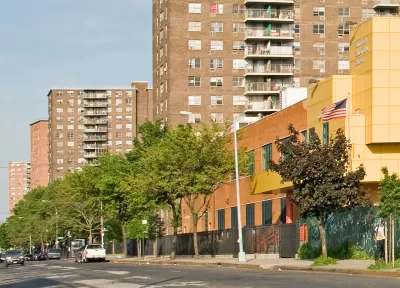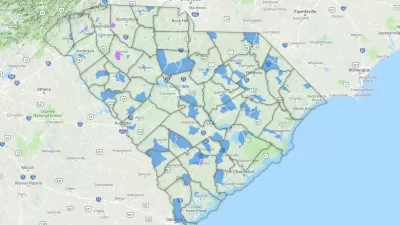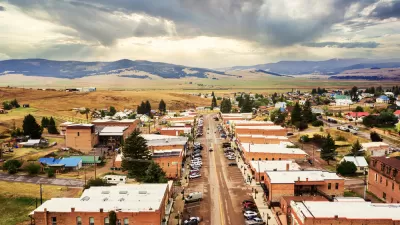Tract boundary revisions for the 2020 Census could mean new opportunity zone designations as well.

"Investors across the country have been asking state officials to expand the areas designated for the 2017 tax law’s opportunity zone tax breaks—and changes related to the 2020 Census may give those investors a new chance to get what they ask for," writes Lydia O’Neal.
The Census Bureau will be revising census tract boundaries for the census next year based on population changes, including the expansion of low-income tracts eligible for opportunity zone designations. "Such expansions would provide investors with additional options for projects that take advantage of the popular tax breaks, which allow those with profits from stocks and other investments to defer and reduce their capital gains tax liabilities," says O’Neal.
O’Neal notes that a number of questions remain about how much additional land would be available, because opportunity zones tend to cluster, and what would happen if a tract has grown and is no longer considered low income. Still, officials from a number of states have said that individuals and business in their states are clamoring for expansions that would allow them to access the opportunity zone benefits.
FULL STORY: 2020 Census Could Expand Opportunity Zones Chosen for Tax Breaks

Planetizen Federal Action Tracker
A weekly monitor of how Trump’s orders and actions are impacting planners and planning in America.

Congressman Proposes Bill to Rename DC Metro “Trump Train”
The Make Autorail Great Again Act would withhold federal funding to the system until the Washington Metropolitan Area Transit Authority (WMATA), rebrands as the Washington Metropolitan Authority for Greater Access (WMAGA).

DARTSpace Platform Streamlines Dallas TOD Application Process
The Dallas transit agency hopes a shorter permitting timeline will boost transit-oriented development around rail stations.

Renters Now Outnumber Homeowners in Over 200 US Suburbs
High housing costs in city centers and the new-found flexibility offered by remote work are pushing more renters to suburban areas.

The Tiny, Adorable $7,000 Car Turning Japan Onto EVs
The single seat Mibot charges from a regular plug as quickly as an iPad, and is about half the price of an average EV.

Supreme Court Ruling in Pipeline Case Guts Federal Environmental Law
The decision limits the scope of a federal law that mandates extensive environmental impact reviews of energy, infrastructure, and transportation projects.
Urban Design for Planners 1: Software Tools
This six-course series explores essential urban design concepts using open source software and equips planners with the tools they need to participate fully in the urban design process.
Planning for Universal Design
Learn the tools for implementing Universal Design in planning regulations.
Municipality of Princeton
Roanoke Valley-Alleghany Regional Commission
City of Mt Shasta
City of Camden Redevelopment Agency
City of Astoria
Transportation Research & Education Center (TREC) at Portland State University
US High Speed Rail Association
City of Camden Redevelopment Agency
Municipality of Princeton (NJ)





























